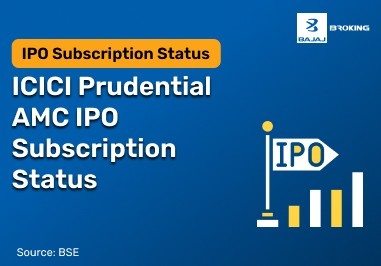Highlights
- What are stock market charts?
- Types of Stock Market Charts
- Stock Market Chart Patterns
What are Stock Market Charts?
Before you learn how to read stock market charts, you should know exactly what they are. Stock market charts represent visual tools that display lines and curves telling traders and investors about market trends and movements in stock prices. Stock market charts give traders and investors a better understanding of how a stock is moving and whether there are price fluctuations or volatility. This gives traders and investors the information they require to make informed decisions and lessen risks in trading.
Types of Stock Market Charts
Depending on the level of detail and how well-versed you are in reading and studying stock market charts, there are various types of charts you may consider referring to. Furthermore, different stock market charts give you different information about a stock’s operation and the way it functions in the market. Here are the different types of stock market charts:
When you are looking at how to read stock market charts, these are the most basic and simple forms of stock charts you can find. Line charts plot the closing prices of stocks within a given period. Line charts may not fall within the category of detailed stock charts and only provide you with a general idea of the movement of a stock.
Bar charts give you more information compared to line charts. In this sense, they show a detailed representation of stock information. Each bar on a bar chart represents the high, low, opening, and closing prices for a particular period. The top of the bar shows you the highest price whereas the bottom of the bar indicates the lowest price. The horizontal lines on either side indicate the opening and closing prices of the stock.
While trying to make sense of how to read stock market charts, you will come across candlestick charts. Candlestick charts have their origins in Japan and offer you the same information as bar charts provide you but in more visual detail. The 'body' of the candlestick stands for the range between the opening and closing prices of a stock, and the 'wick' portrays the high and low prices of the stock.
Additional Read: How does SLB work?
Understanding Chart Patterns
Looking at a stock market chart for the first time may confuse you, but if you have some idea of the lines and patterns on charts, you may be better prepared to read charts and make sense of them. Chart patterns are simply formations (like curves and lines) that appear on stock market charts. They can give you signals of the stock prices’ potential movements for the future. Here are the common patterns you should know about while learning how to read stock market charts:
This pattern gives you signs of a reversal of an uptrend. The pattern consists of a peak (head), followed by a still higher peak (shoulder), and then another equal peak (head). The line that connects the low points is known as the 'neckline'. The pattern is complete when the price falls under the neckline.
The cup and handle pattern offers you a sign of a continuation of an uptrend. It appears like a cup with a handle. The 'cup' is actually a bowl-shaped pattern and the 'handle' is a short pullback that has a breakout with an expanding volume following it.
- Double Top and Double Bottom
When you are learning how to read stock market charts, these patterns give you an indication of a reversal of a trend following a breakthrough of a stock from a specific level twice. A double top is created after two almost equal highs, and a double bottom is created after two almost equal lows.
Moving averages tend to smooth out price data and help to identify trends over a certain period. The two most common types of moving average indicators are the SMA or simple moving average and the EMA or exponential moving average.
- Indicators and Oscillators
Indicators and oscillators are basically mathematical calculations made according to a stock's price, open interest, or volume. They help you to predict the future price movements of a stock.
- Moving Average Convergence Divergence
MACD or Moving Average Convergence Divergence tracks the relationship between a stock price’s two moving averages. It consists of the signal line, the MACD line, and the histogram.
RSI or relative strength index measures the change and speed of a stock’s price movements. It oscillates between zero and 100. Traditionally, the stock is thought to be overbought when over 70 and oversold when under 30.
How to Read Stock Market Charts with Ease
Step 1: Choose the Right Chart Type
Step 2: Understand the Timeframe
Step 3: Analyze the Axes
Step 4: Identify Key Price Levels
Step 5: Observe Chart Patterns
Step 6: Use Indicators and Overlays
Step 7: Assess Volume
Step 8: Make Informed Decisions
Reading stock market charts may be considered a skill that is essential. Many investors spend time and effort in this process as it helps them to make potentially profitable trades and lessen potential risks. Stock charts can be useful tools and when you know how to interpret them, you are better equipped to make investment decisions that match your unique financial needs and risk appetite.













